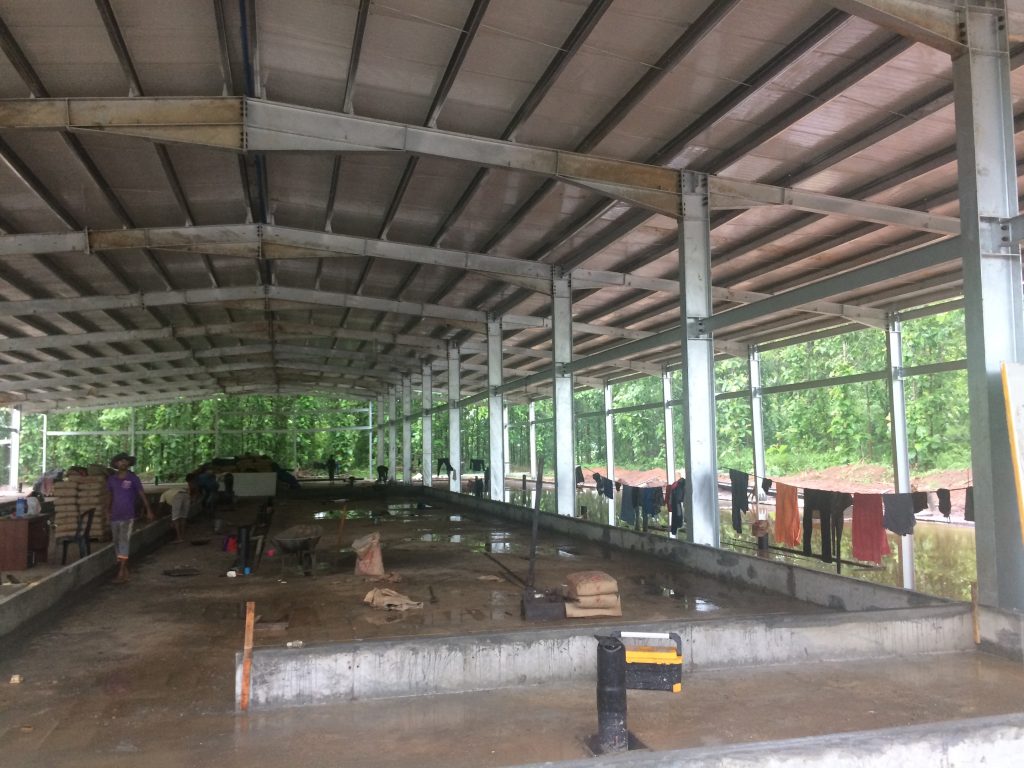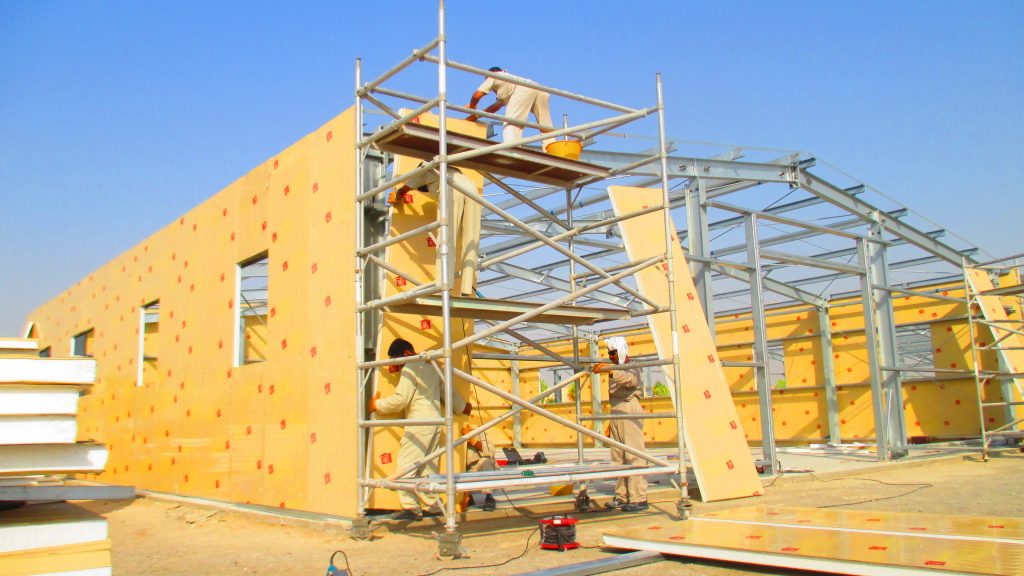On-site welding is a key part of steel structure erection. Following welding safety and quality standards helps deliver strong, code-compliant joints.
Welders should be certified for each process like shielded metal arc (SMAW). Qualification tests confirm producers meet standards. Safety equipment like helmets, leathers and ventilation protects workers from sparks and fumes.
Prior to welding, surfaces are cleaned by grinding or grinding followed by solvent wiping to remove protective coatings, rust, scale and contaminants. Edges are smoothed to allow proper joint fit-up.
Joint design is reviewed for accessibility and weld quality. Joints are pre-assembled to check fit and placement of temporary bracing or backing bars to resist weld distortions. These preparations save field rework.

Low-hydrogen electrodes suited for the steel grade are selected and stored properly. For higher strength steel, preheating may be required to prevent cracks. Interpass temperature controls ensure proper weld solidification.
Proper weld profile, size and penetration are verified using welding procedure specifications. Electrode angle and travel speed are adjusted as needed. Starts and stops fall in low-stressed areas.
Welders pause every few hours for inspections by a certified welding inspector using non-destructive testing like magnetic particle or dye penetrant. Preheat is monitored continuously in colder weather.
Post-weld treatments protect welds from damage and corrosion. Once cooled, slag is chipped away and welds are cleaned for non-destructive re-examination. Welds may then be fireproofed, primed or left uncoated per the plan.

Following these best welding practices helps ensure a structurally-sound, durable steel connection meeting code requirements and supporting the building safety for its lifetime. Overall quality depends on execution in the field.

Related news
-
Smart and connected modular communities: Envisioning the future of master planned living with Lida Group
2023-09-06 17:45:31
-
Steps in Erecting a Steel Structure for a High Rise Building
2023-09-07 11:37:19
-
Connecting Steel Beams and Columns in a Structural Frame
2023-09-07 11:41:02
contact us
- Tel: +86-532-88966982
- Whatsapp: +86-13793209022
- E-mail: sales@lidajituan.com


